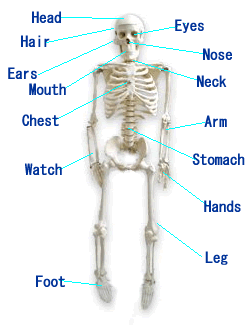
It is not necessary to stand completely still and probably not a good idea to hide behind the desk and computer. Use the room but do not wander around the room too much as this may be distracting and take away from your presentation.
Think about your posture. Don't slouch over the computer console or lean on the desk. These are body positions that make you look less confident in yourself. Also try to avoid leaning on one hip. Try grounding yourself firmly on both feet. This doesn't mean that you should be rigid and you can't move. However, if you are firmly grounded with your weight evenly placed, when you do take some steps, it can be deliberate and purposeful rather than random and fidgety.
Make use of the proximics of the room. Move through space to help capture your audience's attention when appropriate. Sometimes it's a good idea to move when your argument is taking a new direction or when you are offering an alternate view point. This kind of symbolic movement helps to add emphasis to your presentation.
If you do choose to move around the room, make sure that you are back in position to change your PowerPoint slides or start your video so that you don't waste too much time.
Sometimes it is appropriate to approach your audience for a more intimate discussion during your presentation. Flexibility is the key. For example, you can signal that you have formal facts to present by standing in a formal position behind a podium and then contrast this by walking closer to your audience when you are offering your own analysis or opinion.
Return to Fred 